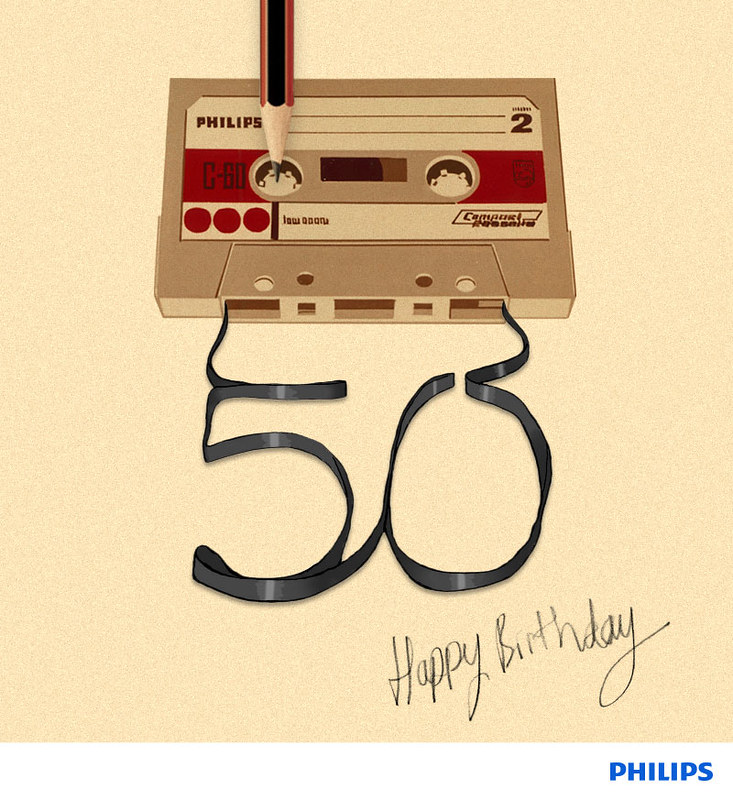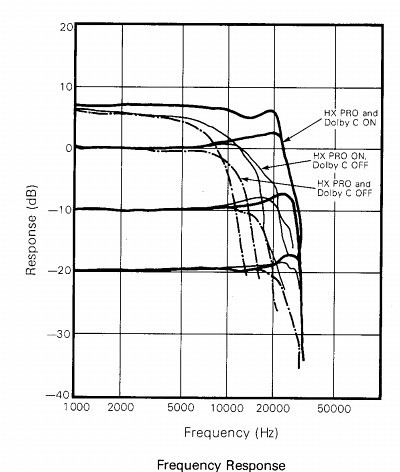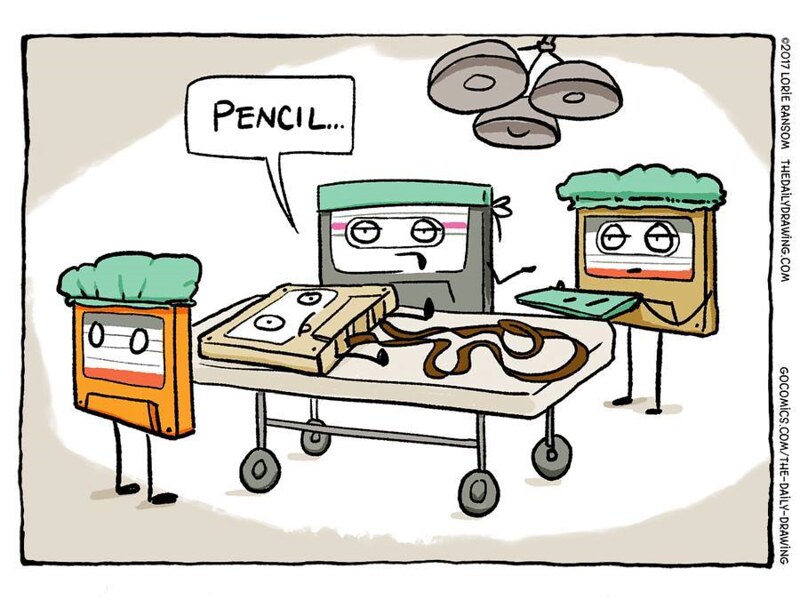Perhaps, perhaps not. But, possibly, the weakest point (amongst a whole collection of weak points) is based on something over which there is little control – the actual width of the tape. Any linear tape system is reliant upon the tape fitting precisely within the guides which, in the best transports, will have been machined to meet the specification as accurately as modern mechanical engineering can achieve – and this is pretty good. But the moment that the tape itself is wider or narrower than the specification states, even by sub-micron amounts, at a linear speed of 1⅞ inches/second, things go awry. In the former case the tape will tend to lift away from the guides and heads causing all the expected issues – e.g. loss of output (more pronounced at higher frequencies) and in the latter, the tape wanders around, compromising the precise alignment between the head and tape which causes deteriorations of, more or less, every major parameter.Cassette tape, done right, can be better than LP
But the real area that gets hit when the tape and guides do not mate to perfection is that of azimuth – that is, the pole-pieces within the head attacking the tape path at exactly 90°. The classic argument for correct azimuth tells you that, if incorrect, HF response is compromised but there is far more to it than that. Tape that is less than perfect (for any reason whatsoever) wanders around within the guides and the azimuth wobbles accordingly. This causes the timing relationship between the channels to drift around, possibly over several cycles at 5kHz, the problem increasing with frequency. If, for any reason, you are listening to this in mono the distinctive “phasing” effect causing moving comb filtering that changes as the tape drifts, will be easily audible. And the sad thing is that there is little that Nakamichi's brilliant mechanical engineering can do about it. The problem is all the worse at such low tape speeds and with narrow tracks.
For this dictating machine format to have ever approached something claiming to be high fidelity, is more of a marvel than the vinyl process but why, on earth, there is a revival of interest in this abysmal format is nothing more than proof of the stupidity to which homo sapiens can descend.

 casettebirthday_v2-lrg
casettebirthday_v2-lrg Dolby C and HX pro frequency response
Dolby C and HX pro frequency response pencil stat
pencil stat